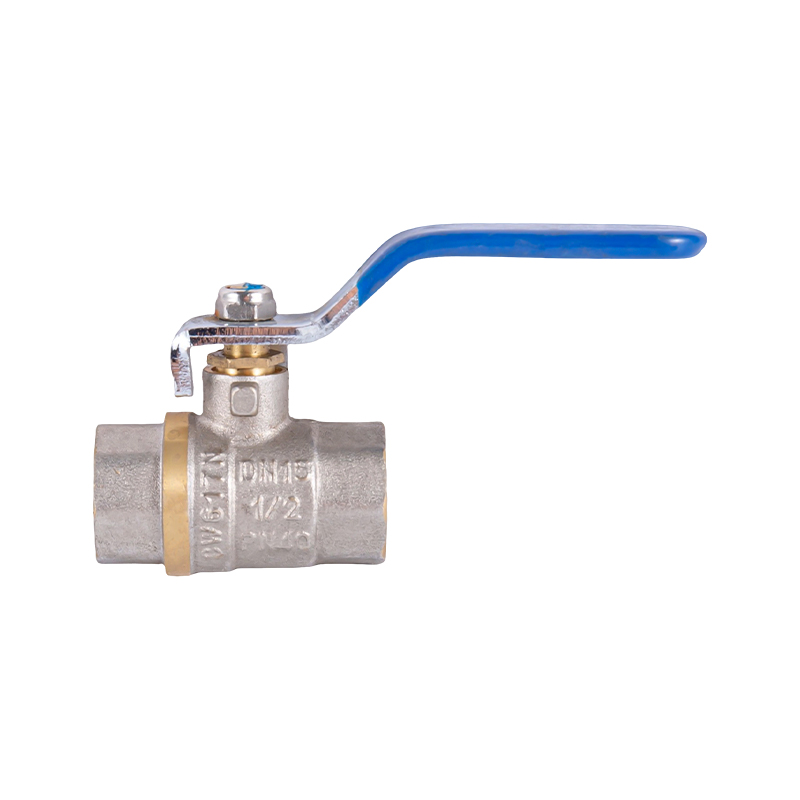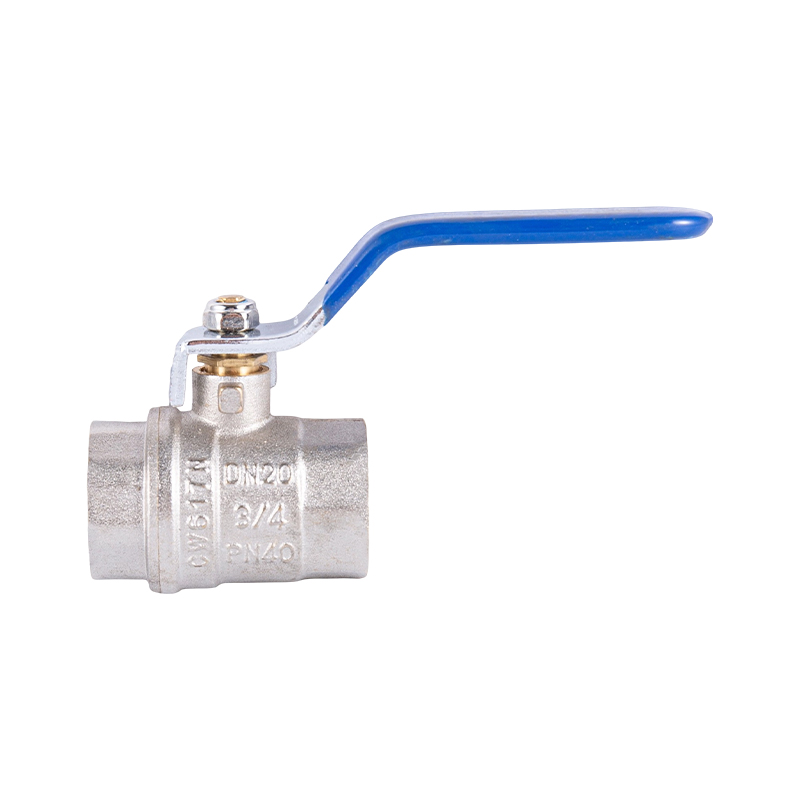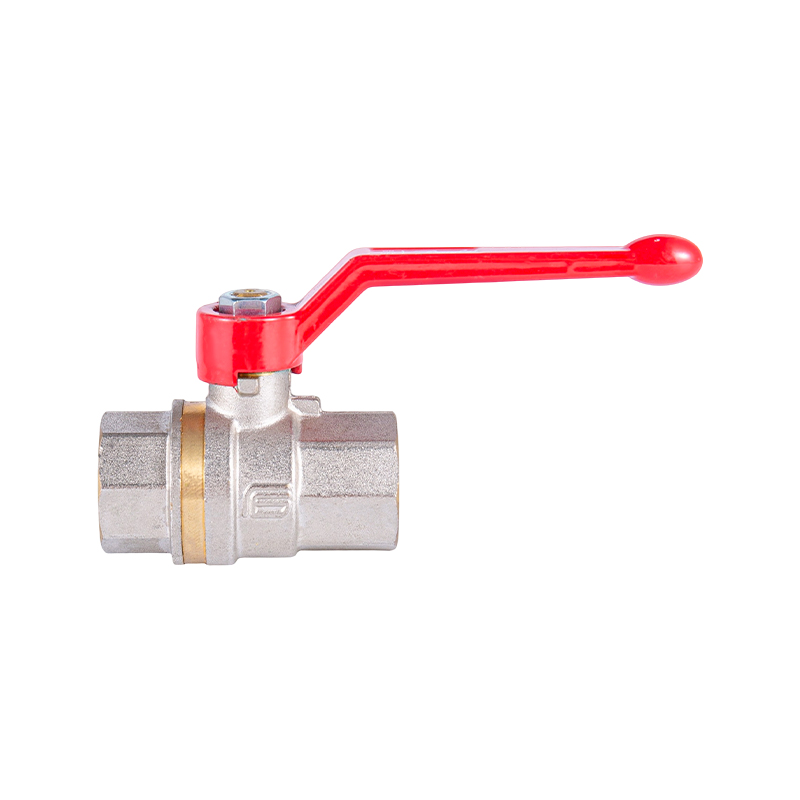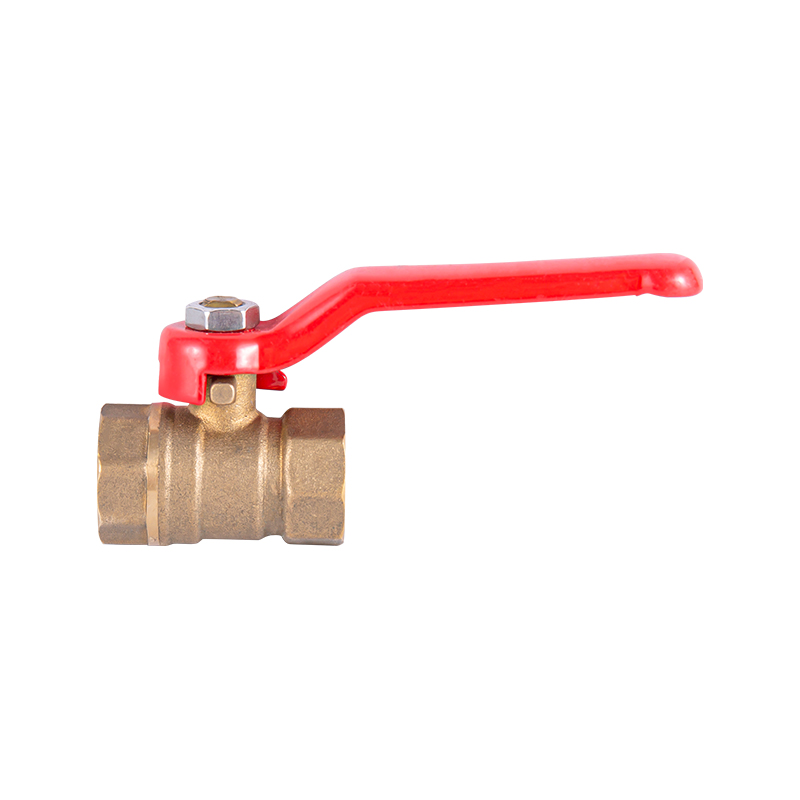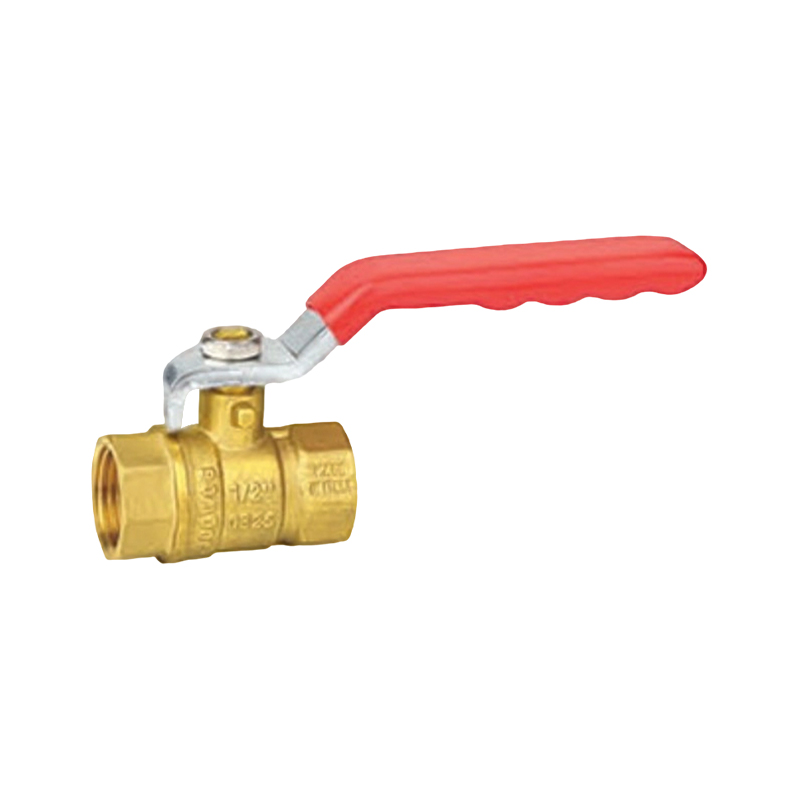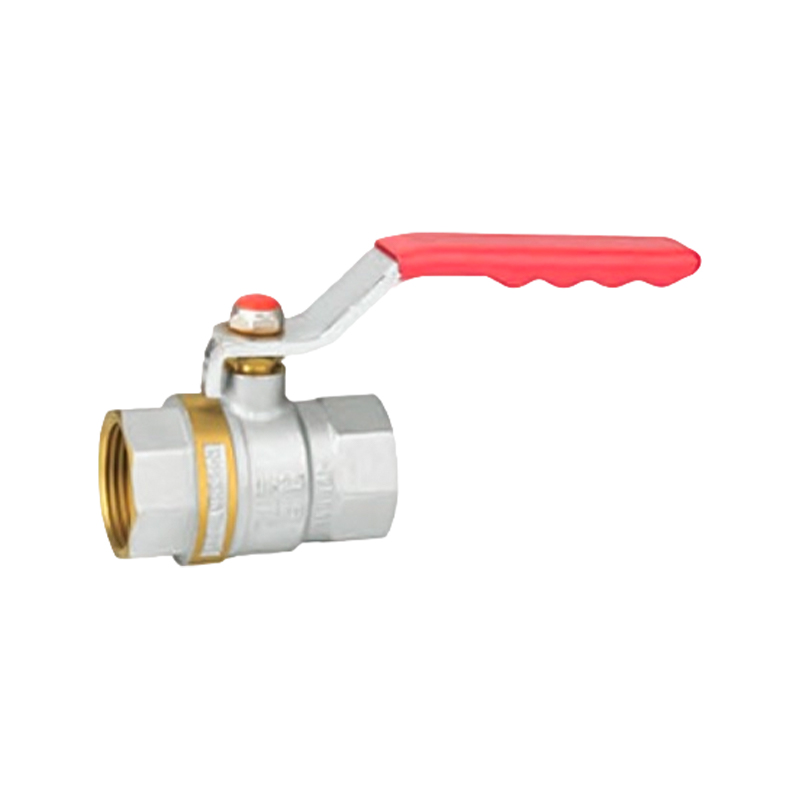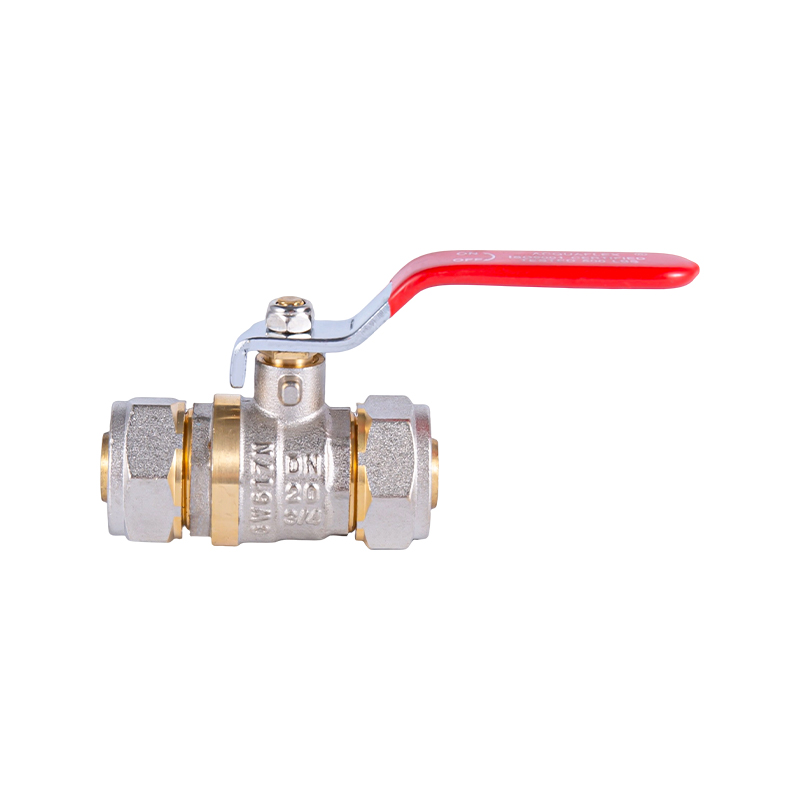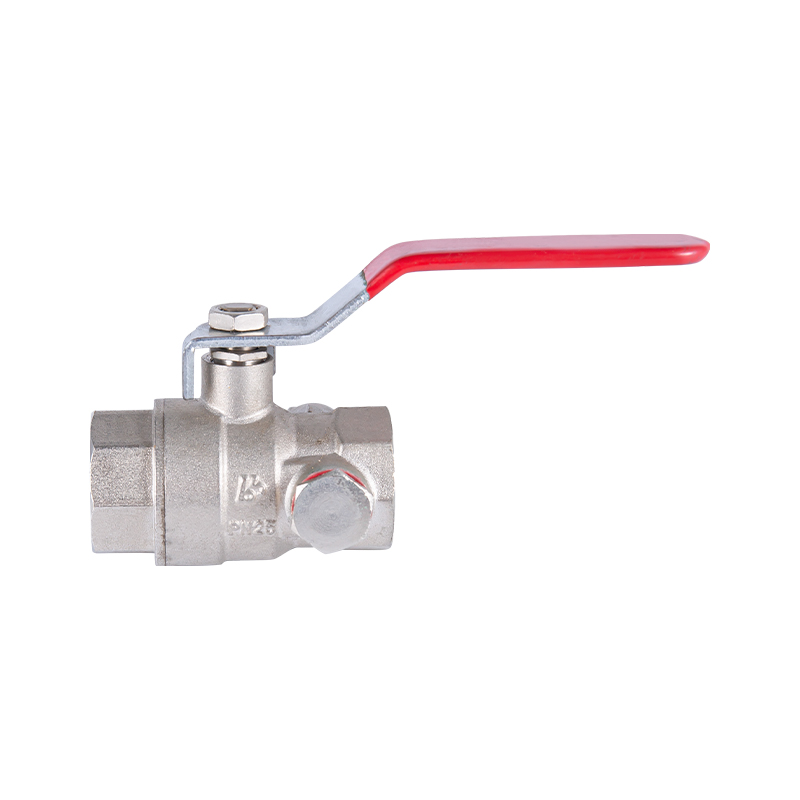Y-Type Ball Valve Applications Expand In Industrial And Commercial Piping Systems
As fluid handling systems continue to evolve, the Y-type Ball Valve has gradually become more visible across a variety of industrial and commercial piping environments. This valve design, recognized for its angled body configuration, supports controlled flow and ease of maintenance. Whether in water treatment plants or heating systems, the Y-type Ball Valve offers practical advantages for users managing pressure or isolating sections of piping.
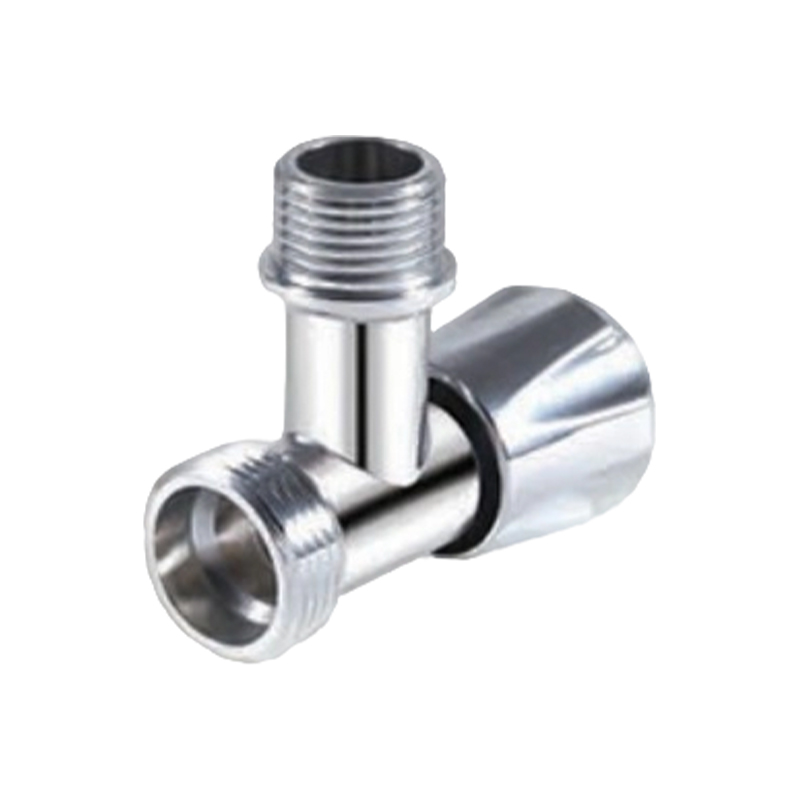
One reason for the increased adoption of the Y-type Ball Valve is its versatility in both high-pressure and moderate flow conditions. The structure allows for reduced flow resistance while maintaining durability. In mechanical rooms and process facilities, operators prefer components that can handle diverse operating environments. The Y-type configuration contributes to smoother control without compromising the integrity of the system.
In addition to the Y-type Ball Valve, the one way check valve has also gained ground as systems focus more on preventing reverse flow and improving reliability. This type of valve enables fluid to move in only one direction, helping to protect pumps and other components from damage. Many industrial engineers pair the one way check valve with Y-type valves in systems that require both directional control and shut-off capabilities.
Commercial buildings with complex HVAC layouts are another area where the Y-type Ball Valve is increasingly installed. It simplifies maintenance in tight piping runs and supports quick isolation during service operations. When installed alongside the one way check valve, it can significantly reduce the risk of water hammer and other pressure-related issues. Facilities managers appreciate components that can be integrated smoothly into their existing layouts.
Municipal utilities are also making greater use of the Y-type Ball Valve in water distribution and waste treatment projects. The angled design helps direct debris away from the valve seat, maintaining function over longer intervals between servicing. In pumping stations, the one way check valve plays a role in less reverse surge pressure, keeping equipment safe during power fluctuations or shutdowns.
Another benefit observed with the Y-type Ball Valve is its compatibility with both manual and automated actuation systems. This allows companies to scale their operations without redesigning entire sections of the piping infrastructure. When used in tandem with the one way check valve, systems benefit from both directional safety and manual override capabilities.
Maintenance teams often highlight the ease of accessing internal components of the Y-type Ball Valve, as its body permits in-line inspection. This feature becomes especially valuable in chemical handling facilities where routine checking is necessary. Meanwhile, the one way check valve continues to serve as a passive but essential part of maintaining flow direction and protecting sensitive sections of the network.
The combined application of the Y-type Ball Valve and the one way check valve reflects a broader industry trend toward efficient, durable, and easily maintainable solutions in piping systems. As engineers look to reduce long-term service costs and increase system resilience, the inclusion of these components becomes a practical choice. With a steady rise in their usage across industrial plants, commercial buildings, and public infrastructure, their role in fluid control is becoming more firmly established.
-
Feedback


 English
English 中文简体
中文简体 русский
русский Email us now!
Email us now!
